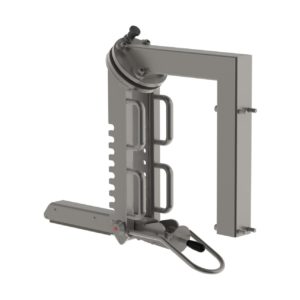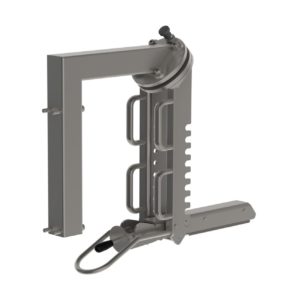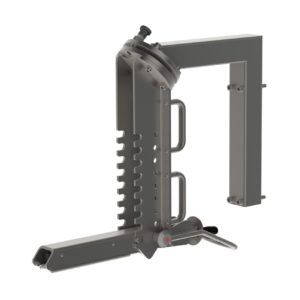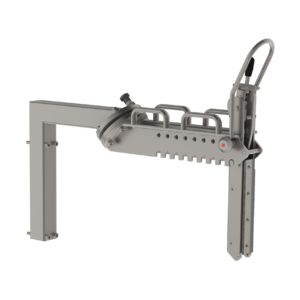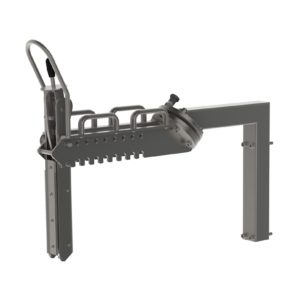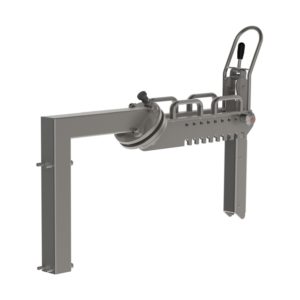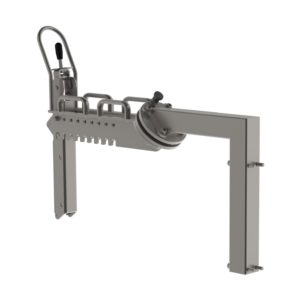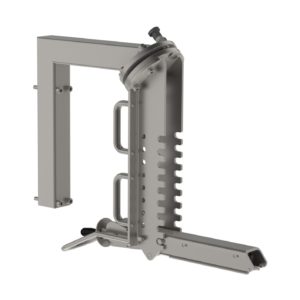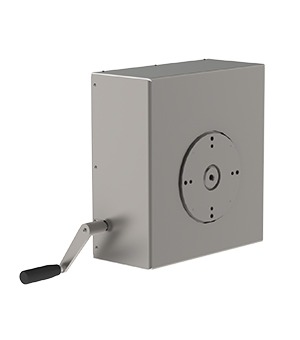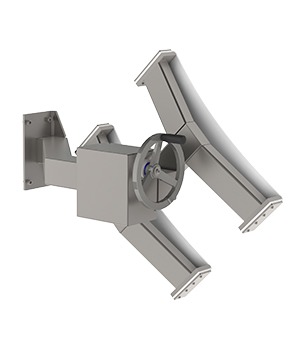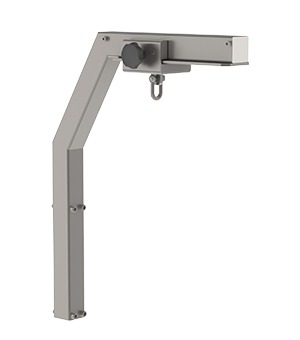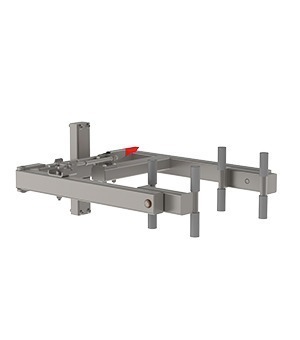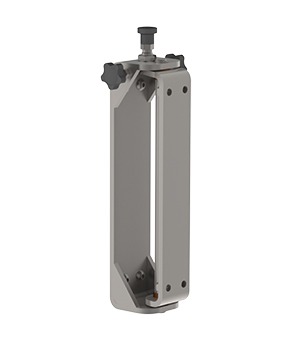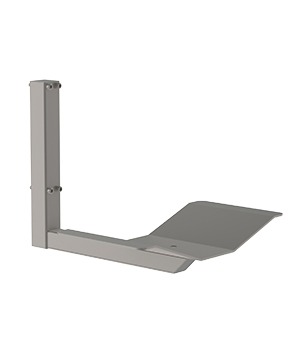LnRiLWNvbnRhaW5lciAudGItY29udGFpbmVyLWlubmVye3dpZHRoOjEwMCU7bWFyZ2luOjAgYXV0b30gLndwLWJsb2NrLXRvb2xzZXQtYmxvY2tzLWNvbnRhaW5lci50Yi1jb250YWluZXJbZGF0YS10b29sc2V0LWJsb2Nrcy1jb250YWluZXI9ImE5MmYxYWM3ZmVlZjA5YWFlOThhZmVhMzI3ODU5ODE0Il0geyBiYWNrZ3JvdW5kOiB1cmwoJ2h0dHBzOi8vMmxpZnQuZGsvd3AtY29udGVudC91cGxvYWRzLzBkYzhmZDFiZjA0YzJjMTQ4Y2Q2OTM5OWU0ZjI3NWUxYzdiODRkZDMuanBnJykgY2VudGVyIGNlbnRlciBuby1yZXBlYXQ7YmFja2dyb3VuZC1zaXplOmNvdmVyO3BhZGRpbmc6IDI1cHg7bWluLWhlaWdodDogNTcwcHg7ZGlzcGxheTptcy1mbGV4Ym94ICFpbXBvcnRhbnQ7ZGlzcGxheTpmbGV4ICFpbXBvcnRhbnQ7LW1zLWZsZXgtZGlyZWN0aW9uOmNvbHVtbjtmbGV4LWRpcmVjdGlvbjpjb2x1bW47LW1zLWZsZXgtcGFjazpjZW50ZXI7anVzdGlmeS1jb250ZW50OmNlbnRlcjsgfSAudGItY29udGFpbmVyIC50Yi1jb250YWluZXItaW5uZXJ7d2lkdGg6MTAwJTttYXJnaW46MCBhdXRvfSAud3AtYmxvY2stdG9vbHNldC1ibG9ja3MtY29udGFpbmVyLnRiLWNvbnRhaW5lcltkYXRhLXRvb2xzZXQtYmxvY2tzLWNvbnRhaW5lcj0iNGQ5ZDg5ZDM1ZjAwYTMwYTRiYjhmYjdiZmRmZmI0MTAiXSB7IGJhY2tncm91bmQ6IHVybCgnaHR0cHM6Ly8ybGlmdC5kay93cC1jb250ZW50L3VwbG9hZHMvYnJlYWRjcnVtLWJnLnBuZycpIGNlbnRlciBjZW50ZXIgcmVwZWF0O3BhZGRpbmc6IDI1cHg7IH0gLnRiLWNvbnRhaW5lciAudGItY29udGFpbmVyLWlubmVye3dpZHRoOjEwMCU7bWFyZ2luOjAgYXV0b30gLndwLWJsb2NrLXRvb2xzZXQtYmxvY2tzLWNvbnRhaW5lci50Yi1jb250YWluZXJbZGF0YS10b29sc2V0LWJsb2Nrcy1jb250YWluZXI9ImFjY2I5MjhmODg4Mzg0YjEwZjBkNWZlYTExYWJiOTcxIl0geyBwYWRkaW5nOiAwcHg7IH0gQG1lZGlhIG9ubHkgc2NyZWVuIGFuZCAobWF4LXdpZHRoOiA3ODFweCkgeyAudGItY29udGFpbmVyIC50Yi1jb250YWluZXItaW5uZXJ7d2lkdGg6MTAwJTttYXJnaW46MCBhdXRvfS50Yi1jb250YWluZXIgLnRiLWNvbnRhaW5lci1pbm5lcnt3aWR0aDoxMDAlO21hcmdpbjowIGF1dG99LnRiLWNvbnRhaW5lciAudGItY29udGFpbmVyLWlubmVye3dpZHRoOjEwMCU7bWFyZ2luOjAgYXV0b30gfSBAbWVkaWEgb25seSBzY3JlZW4gYW5kIChtYXgtd2lkdGg6IDU5OXB4KSB7IC50Yi1jb250YWluZXIgLnRiLWNvbnRhaW5lci1pbm5lcnt3aWR0aDoxMDAlO21hcmdpbjowIGF1dG99LnRiLWNvbnRhaW5lciAudGItY29udGFpbmVyLWlubmVye3dpZHRoOjEwMCU7bWFyZ2luOjAgYXV0b30udGItY29udGFpbmVyIC50Yi1jb250YWluZXItaW5uZXJ7d2lkdGg6MTAwJTttYXJnaW46MCBhdXRvfSB9IA==
MRM – Manual Roll Manipulator:
Roll Handling Equipment for Gripping and Turning Lighter Rolls
This piece of roll handling equipment offers a cost effective alternative, ideal for lifting and turning lighter rolls.
While the gripping and turning of the roll is manual, the lifting and lowering functions are still electrical.
The lifting principle allows rolls to be gripped in the core and then rotated/tipped. The gripping of the core is achieved with an expanding mandrel that is activated manually with a handle.
Features
- Self-locking gripper holds the roll safely in place – the heavier the roll, the more the gripper expands.
- Adjustable gripper position makes it easy to rotate the roll around its centre of gravity.
- Large handle allows for rotation of the roll from any position.
- Rugged construction for industrial use. With its all-stainless steel construction, the MRM is built to last and for use in demanding industrial environments.
- Handles loads up to 400 kg and roll dimensions of up to ø1000 mm.
Images for the Manual Roll Manipulator (MRM):
Strong Roll Handling Equipment for Gripping and Turning Rolls
Other Manual Manipulators
Go to our Manual Manipulators page for more information on this categoriy of lifting tools.
Go to our main Tools page for an overview of the different categories of tools that we offer.
Go to our Products page to find out how our products may help you in your line of industry and your work situation.
Go to our Homepage.

